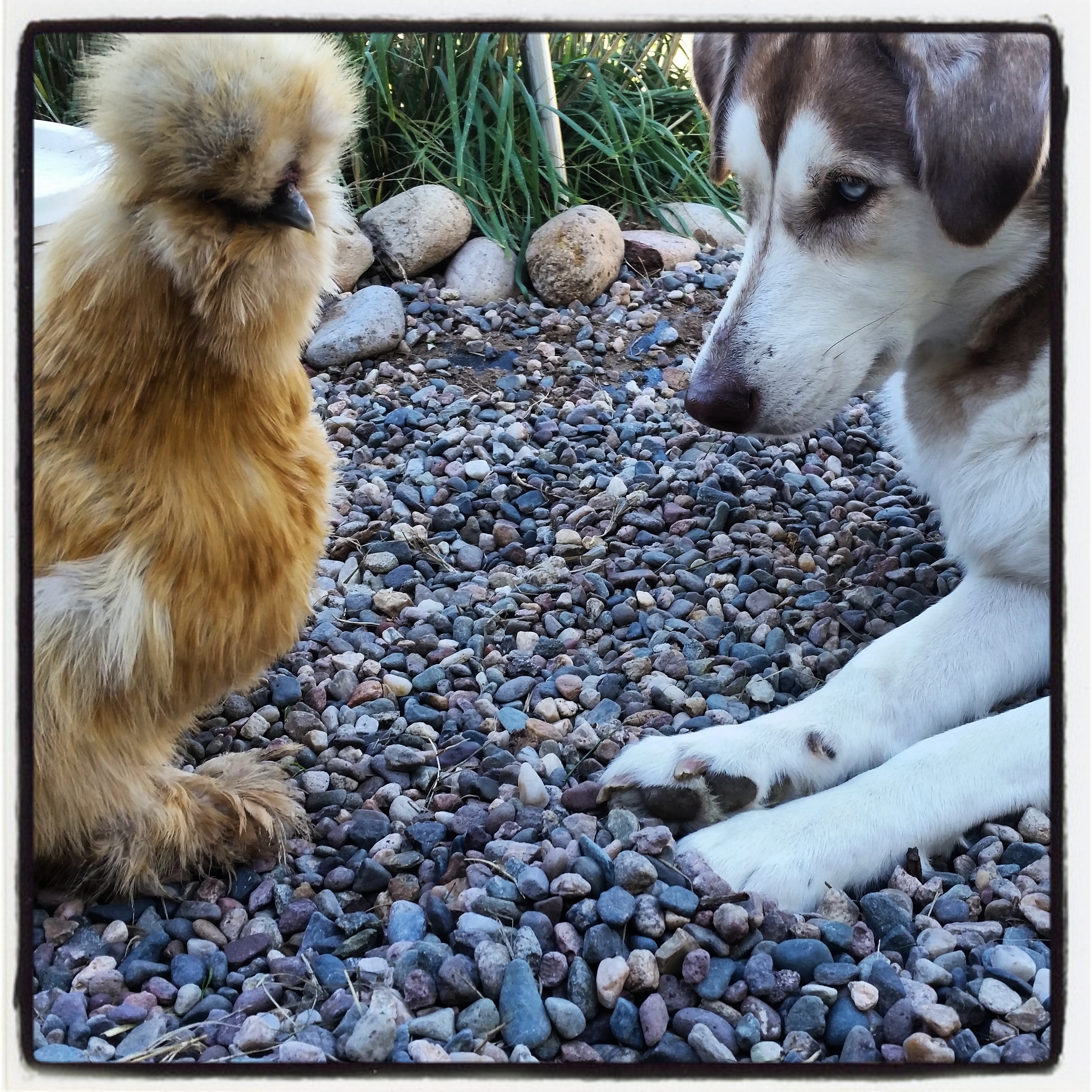Ever since I began my journey studying the art of bonsai, I have been obsessed with harmonious tree patterns. How the branches relate to each other, the shape of the trunk and the root flair (or nebari in bonsai circles) as well as the silhouette of the tree as a whole are all fascinating to me. When working with bonsai, we are always trying to exaggerate these traits to make the tree appear as majestic as its full sized versions. Many of the techniques and designs used on bonsai can also translate into a full sized tree. Now whenever I plant a tree, I can’t help but think about what branches will be dominant, what will be pruned and how I want to tree to grow. My days of just planting and letting nature take over are long gone. Continue reading “Winter Pruning of the Coastal Coral Tree (Erythrina caffra)”
How to Train Your Dog to Not Kill Your Chickens
I’m just going to get this out of the way. And I’m sorry ahead of time. Here goes…
It’s your fault. It’s 100% your fault! All poor behavior with your dog is a reflection of you and you alone. There is no such thing as a bad dog because a dog will ALWAYS be a reflection of its owner. I’ll explain below, but first go apologize to you poor puppy. I’ll wait… Continue reading “How to Train Your Dog to Not Kill Your Chickens”
Some Basic Training of a Beginning Bonsai
I have a few plants that I like to experiment on while honing my bonsai techniques. Succulents are great because they can take a beating and bounce back really fast. That way I can practice styles and techniques without killing a specimen bonsai that I cherish.
Here’s a good example using a succulent (of which I know not the name)* to practice my hand at a leaning informal root over rock style.
I’ve only trimmed this once before so the only branches I’ll keep are the bottom two. The rest I just keep pinching back for ramification. Which means removing the tip of the branch so two will form. You do this strategically so you can form additional branches where you want them.
I haven’t chosen a top for this tree and will most likely chop it to right above the third branch from the bottom for a better trunk taper.
Again, trees like this are safe to practice on and no real loss if I accidentally murder it.
*with the aid of my friend Matt, who recognized a crassula when he saw one, I discovered that this tree is a portulacaria afra. Cheers for the great lead Matt!





